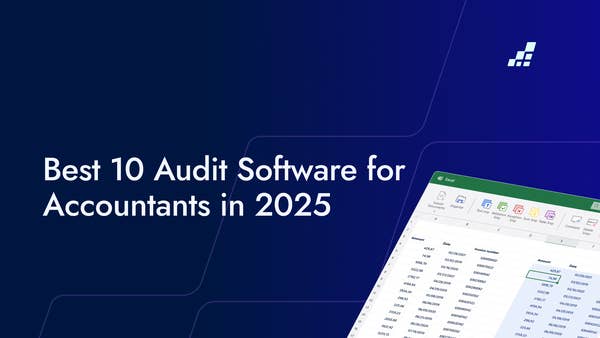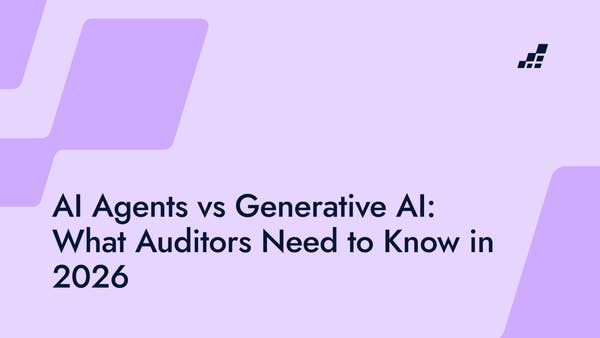- /
- Blog
Building a Modern Audit Organization: Lessons from AI Leaders
.png?width=1400&quality=90&format=avif&crop=fit)
The audit profession is feeling the pressure to adapt and adopt AI. But it is the leaders who are willing to challenge convention and lead with purpose are the ones seeing the fruits of their AI labor.
One such leader is Gina Buckner, Chief Audit Executive at JetBlue Airways, who recently shared her perspective on how auditors can lead through transformation. In a conversation with Ameer Muhammad, Senior Director of Corporate Sales at DataSnipper, Buckner discussed what it means to build an audit function that balances rigor with agility, embraces technology without losing the human element, and fosters a culture of trust across the organization.
Their discussion offers practical lessons for every audit professional navigating change — from redefining internal audit’s role, to using technology as a catalyst for impact, to leading authentically in times of transformation.
Watch the full conversation below and explore key takeaways from their exchange:
Leading through change
Buckner, who joined JetBlue as Chief Audit Executive earlier this year, opened the conversation by reflecting on her transition into the role. While she touched briefly on her path from public accounting to audit leadership, the heart of her message was about learning to lead through change.
“Every day is a lesson,” she says with a smile, describing her first months as “drinking from the proverbial firehose.” It was a sentiment that resonated with many in the audience — a reminder that even at the executive level, leadership is as much about curiosity and adaptability as it is about expertise.
Redefining the role of Internal Audit
For Buckner, this transformation is not theoretical, it’s central to how she’s shaping the audit function at JetBlue. She described her goal as building a department that adds value by helping the business think differently about risk and opportunity, not just identifying what went wrong.
“Internal audit should be viewed as a collaborator, not a critic,” she noted. That shift in mindset — from enforcement to engagement — is key to creating trust and relevance within the organization.
Muhammad echoed that perspective, adding that many audit teams today are looking to become “business enablers” who can deliver both assurance and agility in how they operate.
Technology as a catalyst, not a replacement
Gina spoke about how automation, data analytics, and intelligent documentation tools are helping her team work smarter, not harder. But she also cautioned against viewing technology as a replacement for human insight.
“Technology helps us see patterns faster,” she says. “But it’s still up to us to interpret what those patterns mean.”
Her comments underscored a key theme that ran through many sessions at Connect: innovation in audit is not about eliminating people — it’s about elevating their impact. When technology handles the repetitive, auditors can focus more on strategic analysis, storytelling through data, and advising the business.
The power of culture and connection
Buckner also spoke passionately about JetBlue’s culture, describing it as a cornerstone of how the company and its audit team, operates.
“Culture drives trust,” she says. “And trust is the foundation of effective audit relationships.”
She emphasized that successful audit work depends not only on technical skill but also on communication, empathy, and partnership. An auditor’s ability to listen, understand context, and build relationships across the business can determine whether their insights are acted upon or ignored.
That cultural alignment — between audit’s values and the broader organization’s — is what turns process into progress.
Lessons for future audit leaders
As the session wrapped up, Buckner shared a few final words to walk away with:
- Stay curious. The audit landscape changes constantly — what sets great leaders apart is their appetite for continuous learning.
- Build relationships. Influence in audit doesn’t come from authority alone; it comes from trust and credibility.
- Lead authentically. “People can tell when you care,” she says. “And that’s what makes all the difference.”
Her message reflected a broader shift in how leadership itself is being redefined — less about hierarchy, more about connection and clarity of purpose.


